Artichokes are a strange vegetable for the uninitiated, but an absolute delight for those of us who love them! When I was a kid, it was always an exciting night in our household when we had artichokes with dinner. I must admit that I wasn’t a kid who liked a whole lot of vegetables, but I always loved artichokes! It was so much fun to eat them leaf by leaf, the perfect little handheld morsel for small fingers. But, if you’ve never cooked or eaten one, to see them in the grocery store can be quite daunting. What on earth do you do with this crazy looking thistle? Here I will show you how to cook and eat artichokes!
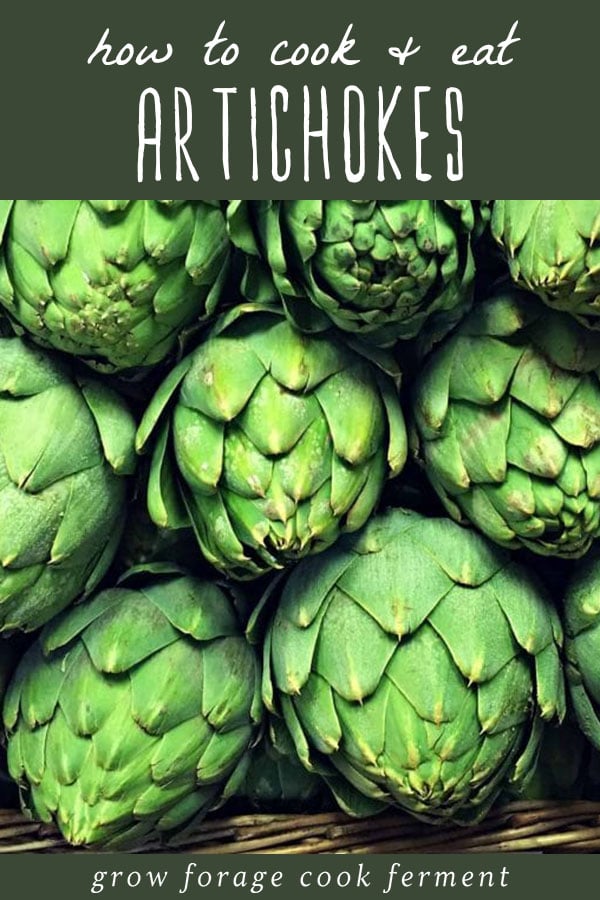
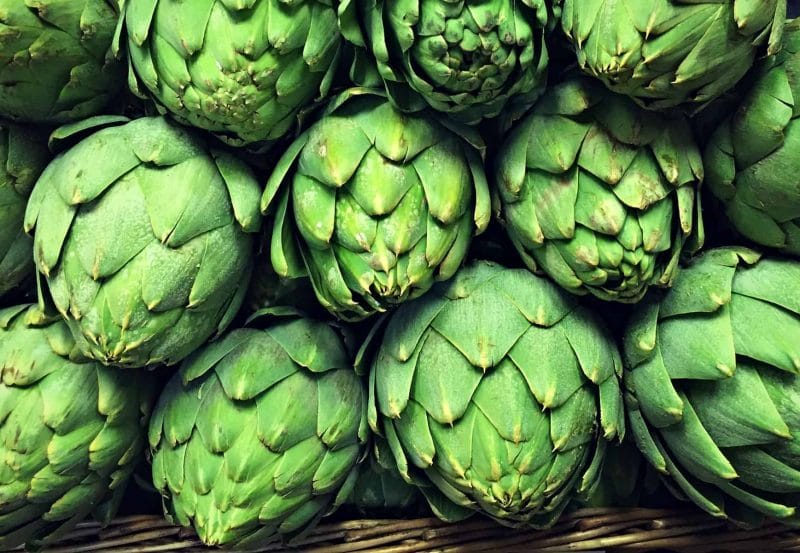
How to Cook Artichokes
To just look at them, you may wonder what in the heck to do with them. I’m here to help you out! It’s actually quite easy. First, wash the chokes well under running water, making sure to rinse between all of the leaves. Then use a sharp knife to cut off the top inch or so of the pointy end.
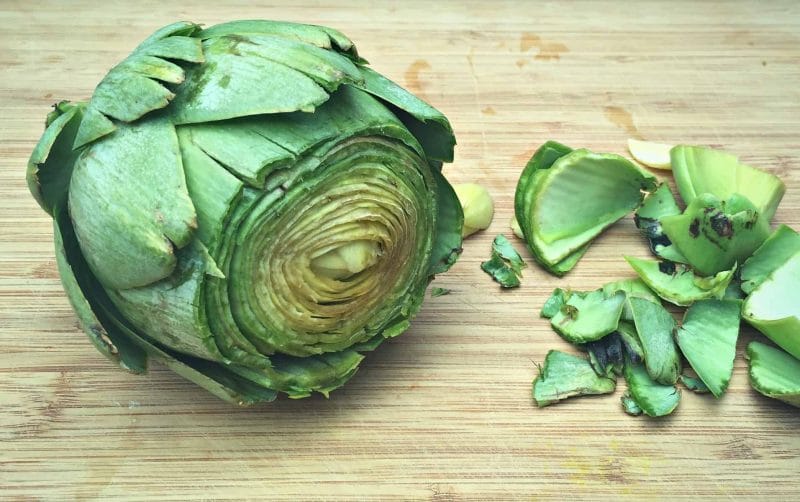
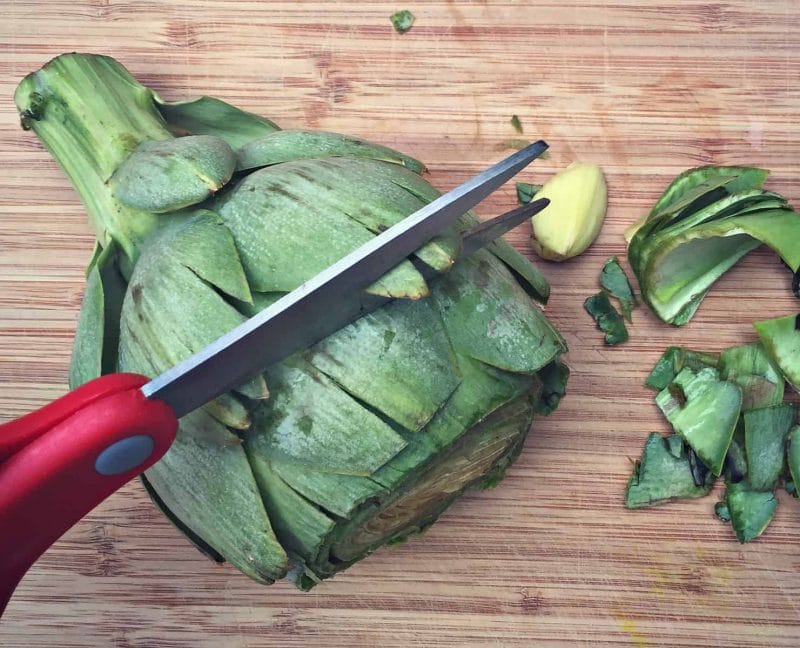

How to Eat Artichokes
At this stage they are totally ready to eat, and this is how we often prepare them. Just put out a dipping sauce of some kind like mayo, melted butter, or blue cheese dressing (our favorite) and you’re good to go. Cut of the stems and eat them first, then dip the juicy end of each leaf into your sauce and scrape off the artichoke “meat” with your teeth. I know, it doesn’t sound too classy, but trust me, it is!
I do have a fancier way for you to make artichokes, however. We only do this every once in a while, but when we do we’re never disappointed as it’s so incredibly delicious! We stuff them with seasoned breadcrumbs and bake them until crispy. While your chokes are draining, mix together some breadcrumbs, olive oil, minced garlic, salt, pepper, thyme and oregano. I don’t have exact amounts because, well… I didn’t measure them! Just wing it and go with what looks right for the amount of artichoke you have.
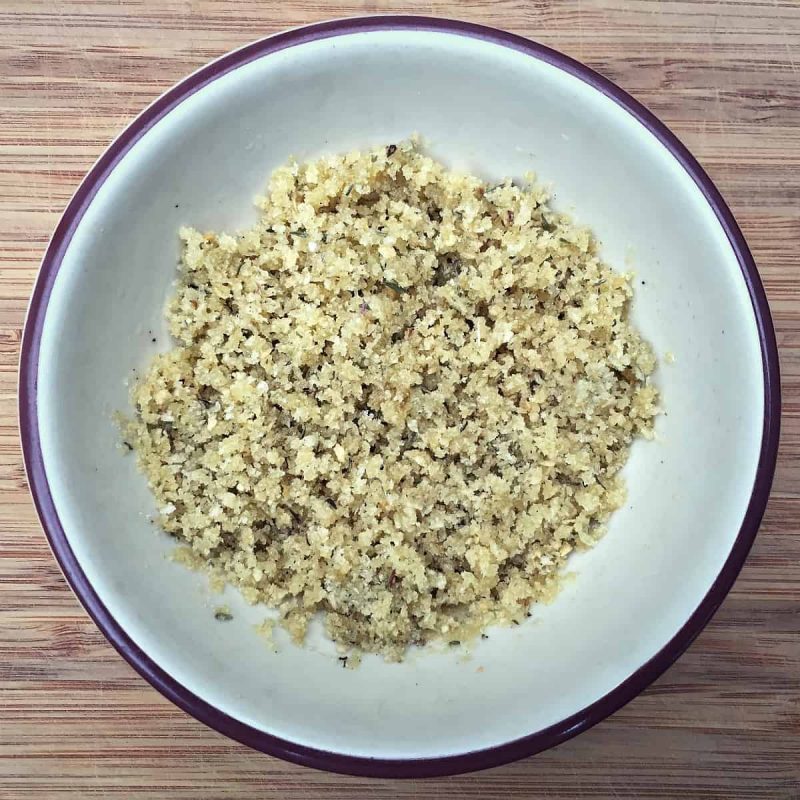

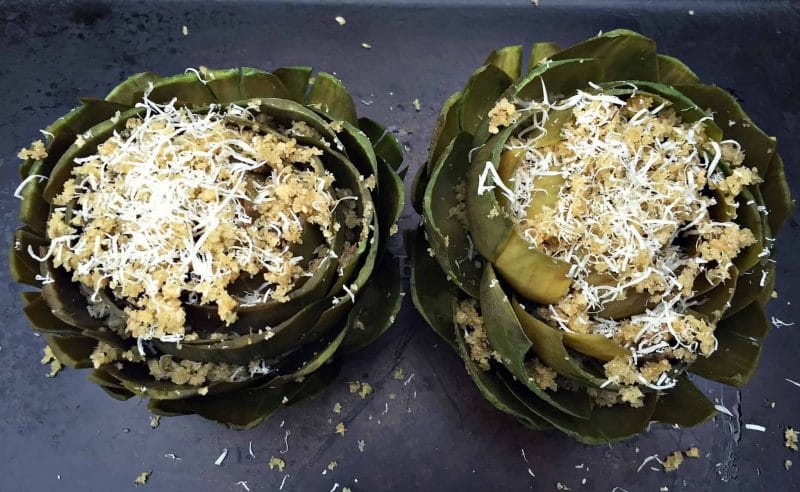
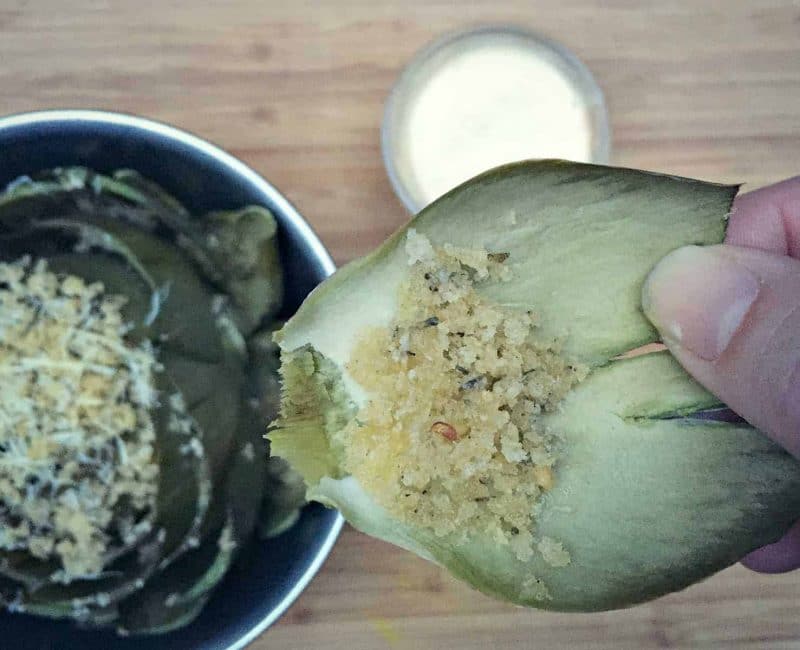
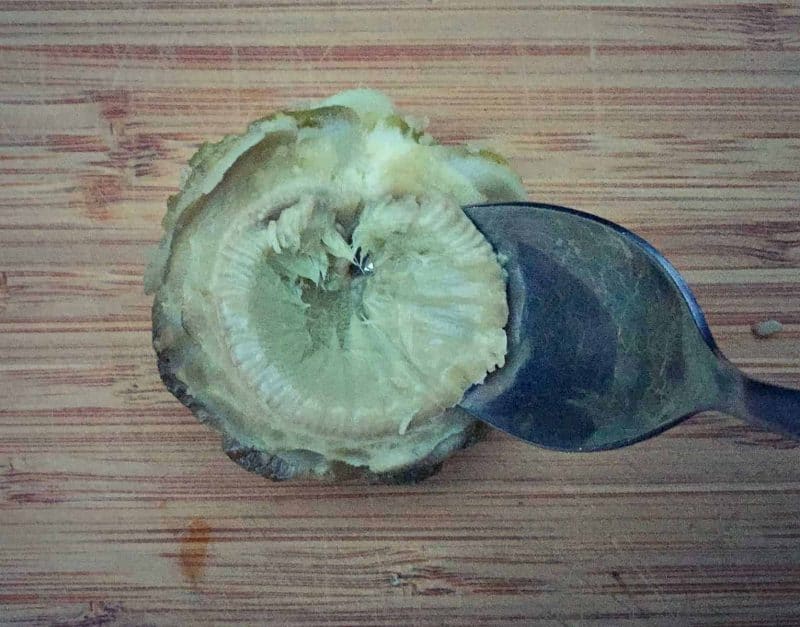
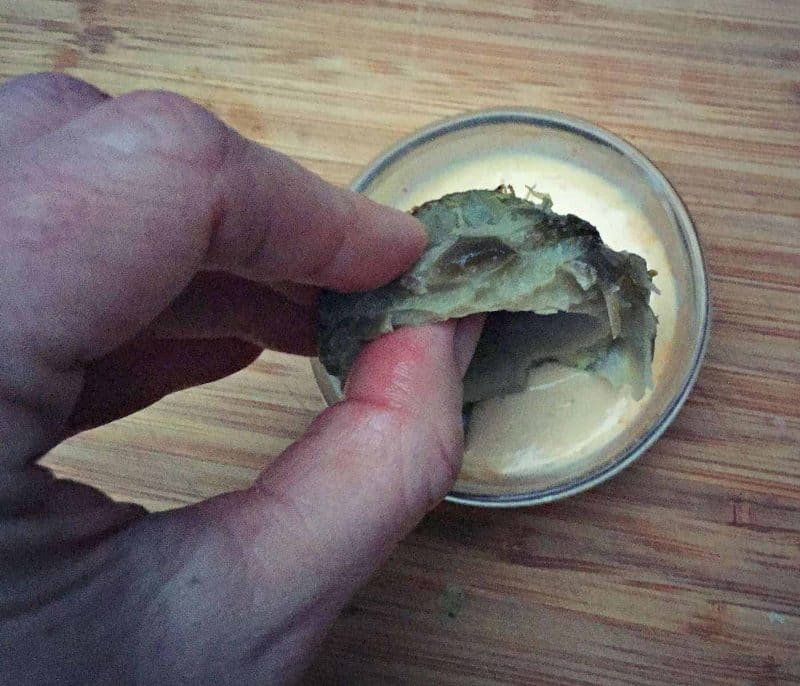
Go ahead and give artichokes a try if you haven’t before. And if you have, try my recipe for stuffed artichokes, they are so good! I know you’ll love them.
Learn How to Cook Other Vegetables
Here are a few other not-so-usual vegetables you may need a little help learning to prepare in a way that makes you fall in love with them at first bite!
- How to Cook Jerusalem Artichokes
- How to Cook Burdock Root
- What to Do with Cabbage
- How to Cook Beets & Their Greens
How to Cook Artichokes
Ingredients
- artichokes
Instructions
- First, wash the chokes well under running water, making sure to rinse between all of the leaves.
- Use a sharp knife to cut off the top inch or so of the pointy end.
- Cut the tips of the remaining leaves with kitchen shears to eliminate the sharp points.
- Remove the smallest leaves near the stem. Cut the very end of the stem off, then use a paring knife to peel off the outer layer on the stem. (This is one thing that not many people know about – the stem is just a tasty extension of the heart, once you trim off the outer layer. So I always leave the stem on.)
- Put the trimmed artichokes in 3-4 inches of water in a large pot.
- Bring to a boil, then turn the heat down to medium, cover and simmer for about 30-60 minutes. (The time largely depends on the size of your artichokes. These were quite large and took about 45 minutes.)
- Check them for doneness by sticking a paring knife into the choke right where the stem meets the base – it should go in easily without any resistance.
- Once they are fully cooked, take them out using tongs, and put them upside down in a colander in the sink to drain and cool.
- Once they are fully cooked, take them out using tongs, and put them upside down in a colander in the sink to drain and cool.
Notes
- At this stage they are totally ready to eat, and this is how we often prepare them. Just put out a dipping sauce of some kind like mayo, melted butter, or blue cheese dressing (our favorite) and you’re good to go. Cut of the stems and eat them first, then dip the juicy end of each leaf into your sauce and scrape off the artichoke “meat” with your teeth.
- Stuff the artichokes with seasoned breadcrumbs and bake them until crispy. While your chokes are draining, mix together some breadcrumbs, olive oil, minced garlic, salt, pepper, thyme and oregano. I don’t have exact amounts because, well… I didn’t measure them! Just wing it and go with what looks right for the amount of artichoke you have. Once cool, cut off the stems and put them onto a baking sheet. Gently spread out the leaves, and use a spoon to put the breadcrumb mixture in between all the leaves as best as you can. Top with the remaining breadcrumbs, and grate some parmesan cheese on top. Bake in a 350°F oven until the stuffing mixture is golden brown, 10 minutes or so.


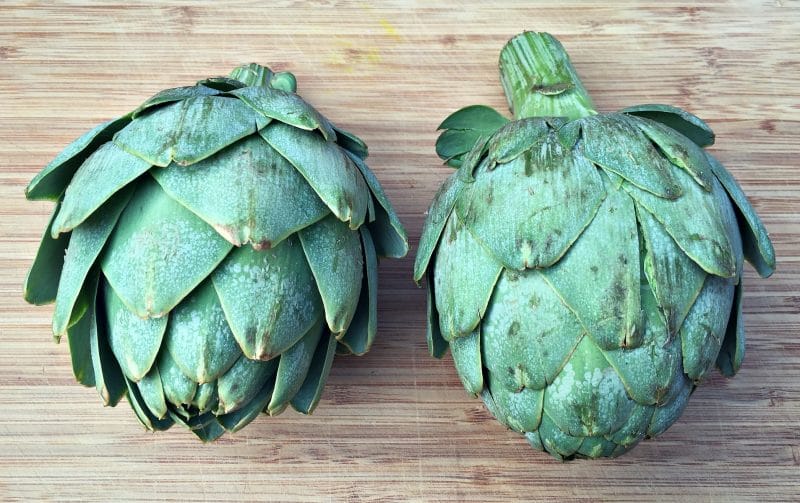
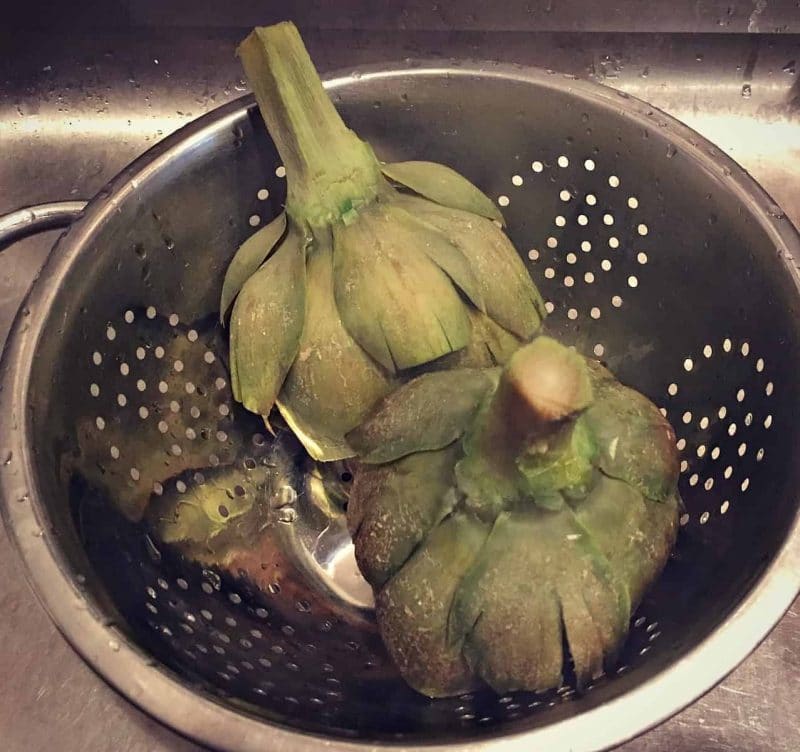
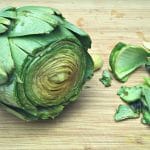

Thanks for this recipe.
I love globe artichokes.
Thanks for the step by step directions!
One question for you, which are tastier small or large artichokes?
I’d assume small, but I would think they would lack ‘meat”.
Sometimes small or young versions of vegetables are underripe. I don’t have a frame of knowledge for artichokes, so your answer is most appreciated.
Better, cook them in the microwave. Less energy, heat , time– more taste.
Microwave takes away the nutritive value!!!
My mom also boiled them, I do to, and I also love them. I am going to try roasting them as you can with so many other vegetables. I have had no luck growing them myself form seed or plant, but will continue to try. Any Tips?